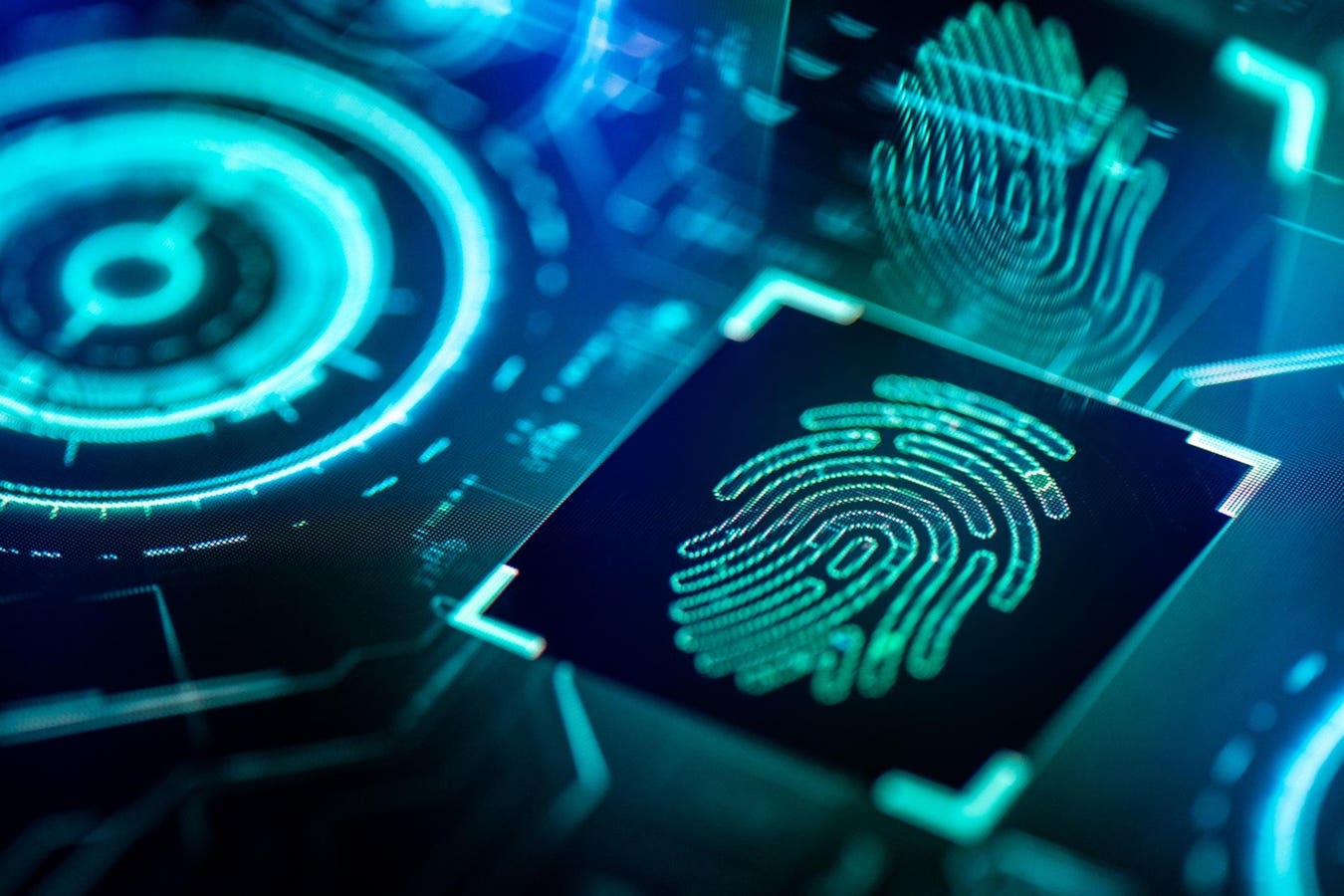Dr. Mohamed Lazzouni, Chief Technology Officer at Aware, Inc.
Biometric authentication—using fingerprints, facial recognition or even iris recognition—has become an integral part of our society and digital security. I’m asked questions about about this topic frequently, and it’s a comfort to know that data security is top of mind for many.
Unlike passwords, biometric data is unique to each individual, making it a powerful tool for verifying identity. However, this uniqueness also makes biometric data a prime target for cybercriminals. Rightfully so, many are looking for more insights on how advanced tech like biometrics can still be used while maintaining security and privacy. The good news for individuals and businesses alike is that there are best practices and strategies to help keep biometric data locked down.
The Risks Of A Biometric Data Breach
When a traditional password is stolen, it can be reset. Biometric data, however, is immutable—you cannot change your fingerprint or iris pattern. This makes the potential for biometric breaches particularly concerning. The risks include:
• Identity Theft: Stolen biometric data can be used for fraudulent activities, such as unauthorized access to secure systems or identity theft for financial fraud.
• Credential Stuffing Attacks: Cybercriminals can use biometric data in conjunction with other compromised credentials to bypass authentication systems.
• Loss Of Consumer Trust: If a breach occurs and biometric data is not properly secured, businesses can risk losing customer confidence and market share.
• Regulatory Consequences: Organizations handling biometric data must comply with regulations like GDPR and CCPA. Noncompliance could lead to hefty fines and legal repercussions.
How Cybercriminals Target Biometric Data
Biometric data is typically stored in databases or on-device secure enclaves. Cybercriminals use various techniques to steal this data, including:
• Database Breaches: Attackers target centralized repositories where biometric templates are stored.
• Spoofing Attacks: Hackers use deepfake technology or high-resolution images to fool facial recognition systems (which is why liveness detection is essential).
• Man-In-The-Middle Attacks: Intercepting biometric data as it is transmitted between devices and servers.
• Malware And Phishing Attacks: Deceptive tactics trick users into providing biometric data unknowingly.
How Biometric Data Can Be Protected
We’ve covered the consequences of compromised biometric data; now let’s talk about the ways to prevent them. Here are some of the best practices and strategies that are used to help keep this sensitive and immutable data secure:
1. Implementing Cancellable Biometrics
Cancellable biometrics offers a solution to the immutability problem. These are transformed biometric templates that can be altered or revoked if compromised. Instead of storing raw biometric data, cancellable biometrics apply distortion or cryptographic transformations so that stolen data is useless to attackers.
2. Using Data Obfuscation And Anonymization
One of the best ways to protect biometric data is to ensure that it cannot be linked back to an individual if stolen. Techniques to consider include:
• Tokenization: Replacing biometric data with unique tokens that have no exploitable value.
• Encryption: Ensuring biometric templates are encrypted both in transit and at rest.
• Federated Identity Management: Storing biometric data in a decentralized way to reduce attack vectors.
• Targeted Data Obfuscation: Converting sensitive data into human-unintelligible representations uniquely targeted only to clients.
3. Strengthening Authentication Systems
A robust authentication framework should go beyond just biometrics. Combining biometric authentication with multifactor authentication (MFA) adds an extra layer of security. For example:
• Biometric + PIN: Even if biometric data is compromised, a secondary PIN or password is required.
• Biometric + Behavioral Biometrics: Continuous authentication based on user behavior (such as changes in keyboard stroke patterns, etc.) can detect anomalies and prevent unauthorized access.
4. Secure Storage And Processing
Organizations should avoid storing raw biometric data in centralized databases. Instead, they should:
• Use on-device storage (when possible) for biometric data, keeping it within the user’s control.
• Employ secure enclaves and trusted execution environments (TEEs) to process biometric authentication securely.
• Regularly conduct security audits to detect and address vulnerabilities.
5. Decentralized Identity For Biometric Security
Decentralized identity (DI) is an emerging solution that can significantly enhance biometric security. Unlike traditional identity management systems that rely on centralized databases, decentralized identity shifts control to the individual. Key benefits include:
Reduced Attack Surface: Since biometric data is stored locally on a user’s device rather than in a centralized database, the risk of a mass data breach is minimized.
Enhanced Privacy: Users maintain control over their biometric identifiers, deciding when and how their data is shared.
Blockchain And Self-Sovereign Identity (SSI): Some DI models leverage blockchain technology to create tamper-proof, verifiable credentials without relying on third parties.
Interoperability Across Platforms: Decentralized identity frameworks enable secure authentication across multiple platforms without the need for businesses to store sensitive biometric data.
Staying Ahead Of Biometric Breaches
Biometric authentication is a powerful tool, but it is not without risks. A biometric data breach can have long-lasting consequences due to the immutable nature of the data. However, through strategies such as cancellable biometrics, data anonymization, strong authentication frameworks and secure storage methods, businesses and individuals can significantly mitigate these risks.
Ultimately, cybersecurity is an ongoing effort. Staying ahead of emerging threats is essential to maintaining trust and security in the biometric landscape.
Forbes Technology Council is an invitation-only community for world-class CIOs, CTOs and technology executives. Do I qualify?








